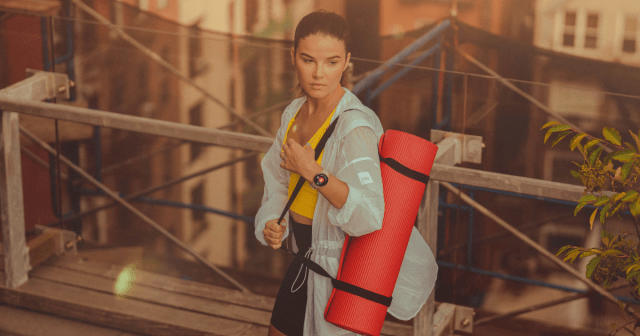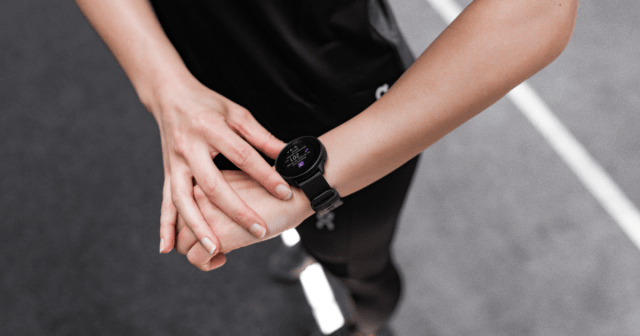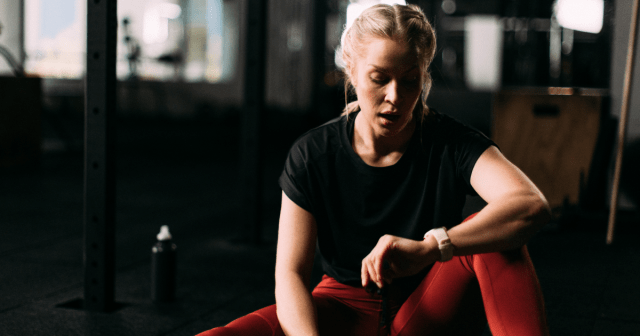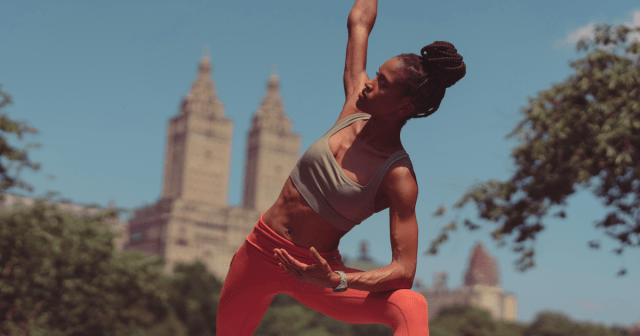Cycling sounds simple in theory – but, as a form of cross-training, it’s surprisingly technical and requires a specific type of fitness, not to mention additional bike maintenance skills. So trust us: if you’re new, you need these cycling tips.
Cycling is a sport most of us have enjoyed since early childhood, exploring local neighbourhoods with friends. But, once you throw your leg over the saddle and complete your first couple of serious training rides, you may notice there’s more to it than you realized.
No matter if you’re a runner looking for an effective cross-training outlet or a beginner trying to get into shape, here we provide some cycling tips for common mistakes rookies make when they first get started.
From poor bike handling to incorrect gear, try these cycling tips to avoid these mistakes and you’ll be enjoying two-wheeled adventures for years to come.
1. Not easing into it
You’ve got the flashy new bike, new kit and you’re ready to ride. While you may have visions of grandeur (like finishing in yellow on the Champs-Élysées) it’s important to manage expectations and start slowly.
Tackling too many miles, too soon, is a recipe for burnout and injury. A consistent training program is the most effective way to reach your cycling goals in a safe and healthy manner.
2. Poor fueling
If you’re using cycling as a cross-training outlet, chances are you already know about proper sports hydration and fueling. If not, remember correct fueling will lead to longer, faster and more enjoyable rides.
Make sure you’re carrying enough calories and water to sustain you for the given distance, and simple, digestible foods like gels and chews are easy to consume on the move.
Hydrating every 15 minutes and eating every 45 minutes is a good starting point until you find what works best for you.
3. Riding without intention
There’s nothing wrong with riding for the sake of riding, but if you’re looking for true performance gains, it’s important to set an expectation for the workout before you leave the driveway.
Will the day focus on racking up slow base miles for several hours, or interval training based on HR zones? A cycling computer is an invaluable tool in a cyclist’s arsenal that provides real-time training data and feedback right at your fingertips.
4. Wrong gear
Like all sports, cycling requires specific gear (your running shorts and singlet won’t do the trick).
First, invest in a good pair of cycling-specific bib shorts and cycling jersey. Cycling bibs have built-in padding that protects sensitive areas from hours of road vibration on the saddle.
Also, don’t forget to replace the old helmet hanging in your garage and buy clipless cycling shoes and pedals. Head to your local bike shop and be sure to try on everything before purchasing.
5. Braking too hard
It’s a natural reaction to want to firmly grab the brakes to slow down in a hurry, but squeezing your brake levers too hard, too quickly, can cause you to lose control and potentially flip over the handlebars.
Modulate your braking from less to more pressure to account for the shift in weight distribution and decreased friction on the road. Try to apply pressure evenly on the front and back brake levers to slow down most efficiently.
6. Not maintaining your bike
Just like your car, your bike requires occasional servicing to stay lubed and prolong the life of its components.
Clean and lubricate your chain with chain-specific lube every few rides to decrease friction and protect your cassette and chainrings. Also, double-check that the brakes, shifters and crank are in working order, and check for any loose bolts and the condition of your tires.
If any problems arise (and you don’t know how to fix them), drop your bike off at the local bike shop for servicing.
7. Wrong saddle height
Riding long distances with a saddle positioned too low or too high can lead to serious chronic injuries. While a professional bike fit at your local bike shop is your best bet, you can also adjust your saddle height at home fairly easily.
If available, set your bike up on a stationary trainer and start spinning slowly. Stop with your foot at the six o’clock position – fully extended at the bottom of the pedal stroke. Your knee should have a slight bend (not completely straight but not too bent) in this position without pointing your toes. Adjust the saddle height accordingly.
Note this is just a starting point, other factors such as saddle position and cleat position should be taken into account as well.
8. You don’t know how to fix a flat
Don’t find yourself stranded with a flat tire, miles from home with no cell reception. Learn how to fix a flat tire before you leave the house so you’re ready when the inevitable happens.
Carry a couple of spare tubes (or patches), tire levers, CO2 inflator (or mini pump), CO2 cartridges and a multitool. You can store these items in your back jersey pockets or under your saddle in a small saddlebag.
9. Not enough rest
Everyday life is stressful enough – compound the stressors of work and home with overtraining and you may find yourself injured or uninspired over time.
A proper diet and getting at least eight hours of sleep a night can help optimize training and rest. Also, scheduling rest days in your training regimen will give your body time to recover before the next hard effort.
Supplement your cycling routine with active recovery sessions, like yoga or swimming on rest days to keep things fresh.
If you liked this post, don’t forget to share so that others can find it, too.
Or give it a thumbs up!
I like this article
Please note that the information provided in the Polar Blog articles cannot replace individual advice from health professionals. Please consult your physician before starting a new fitness program.





